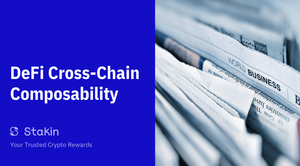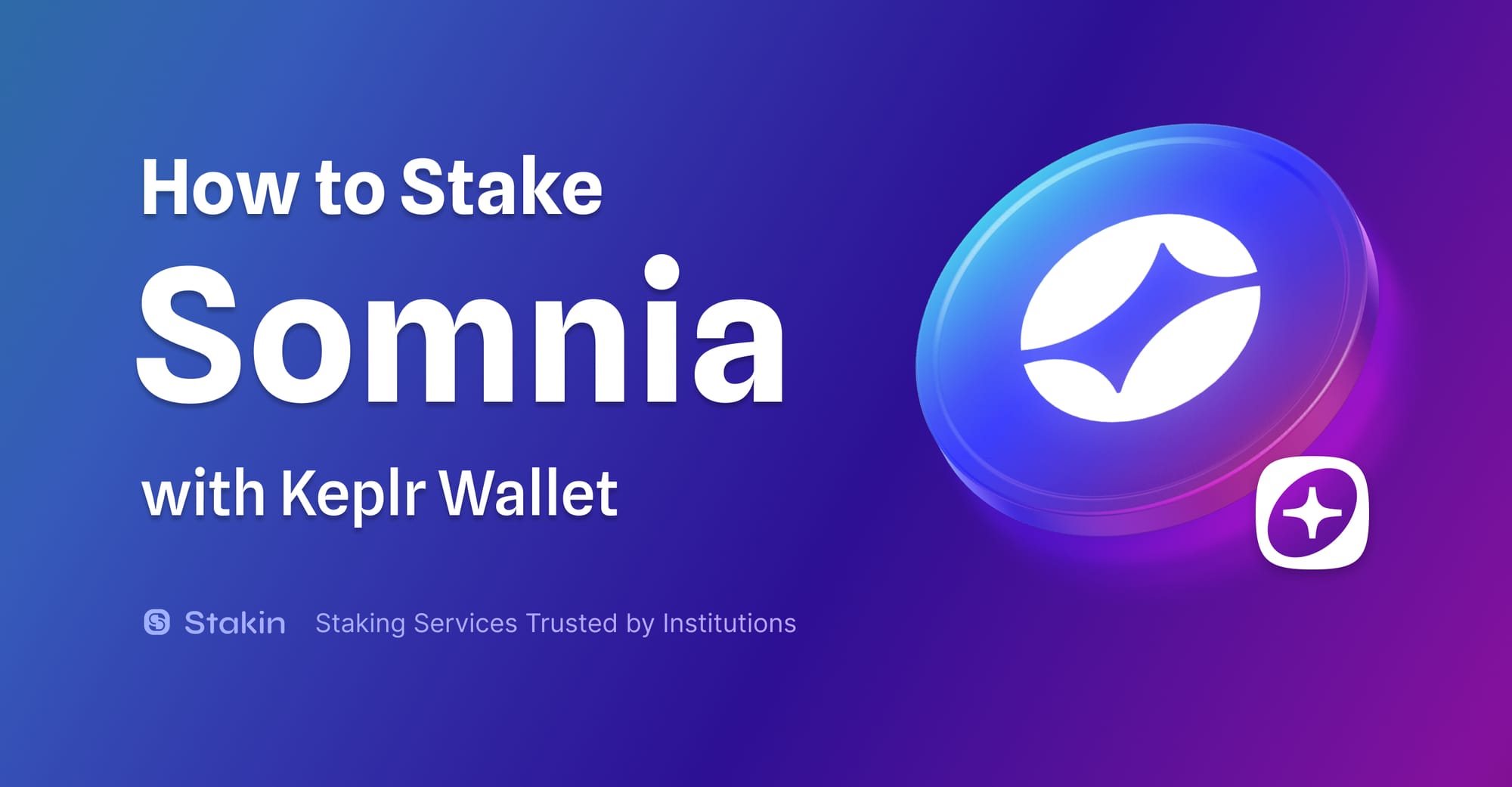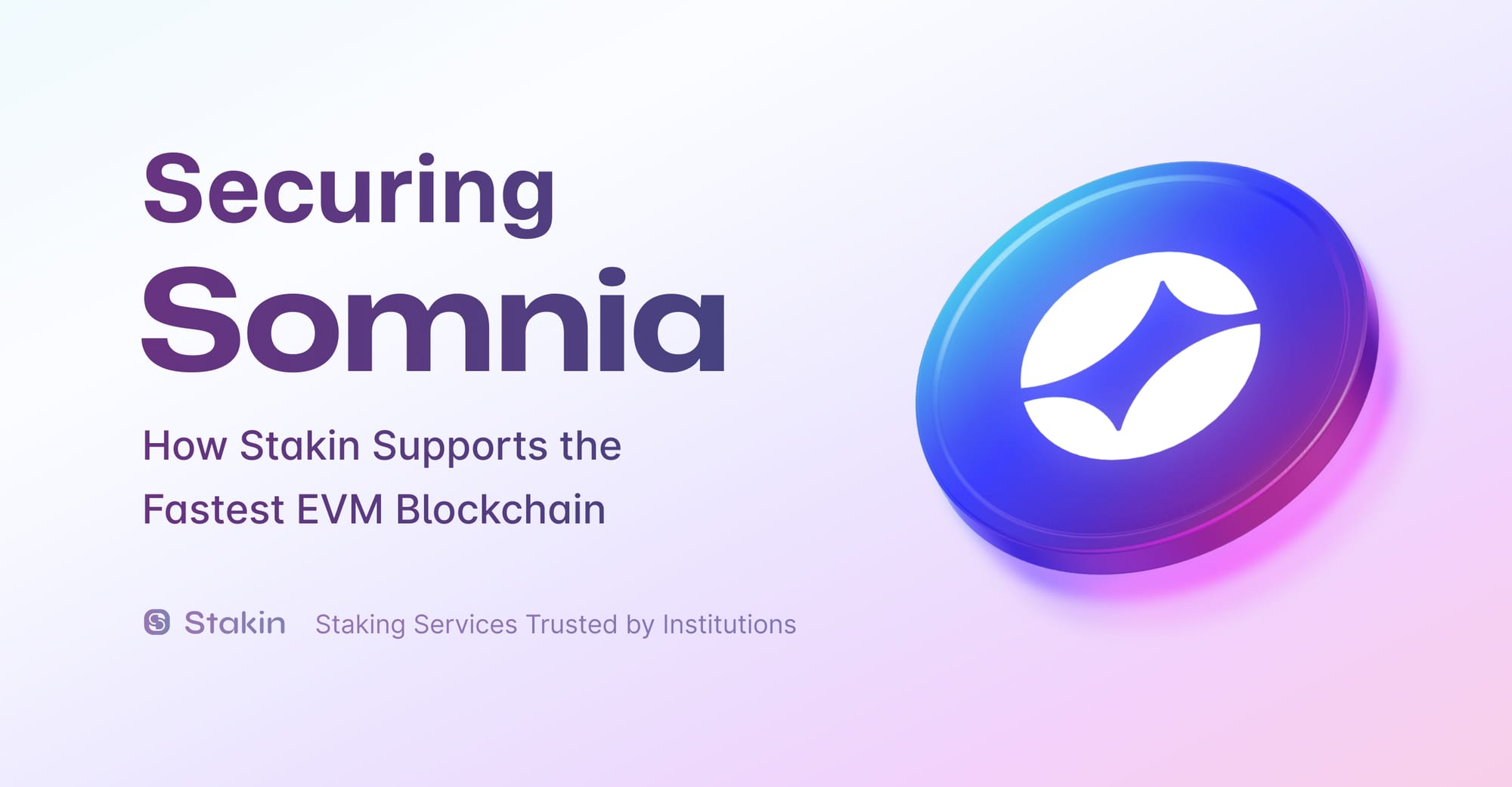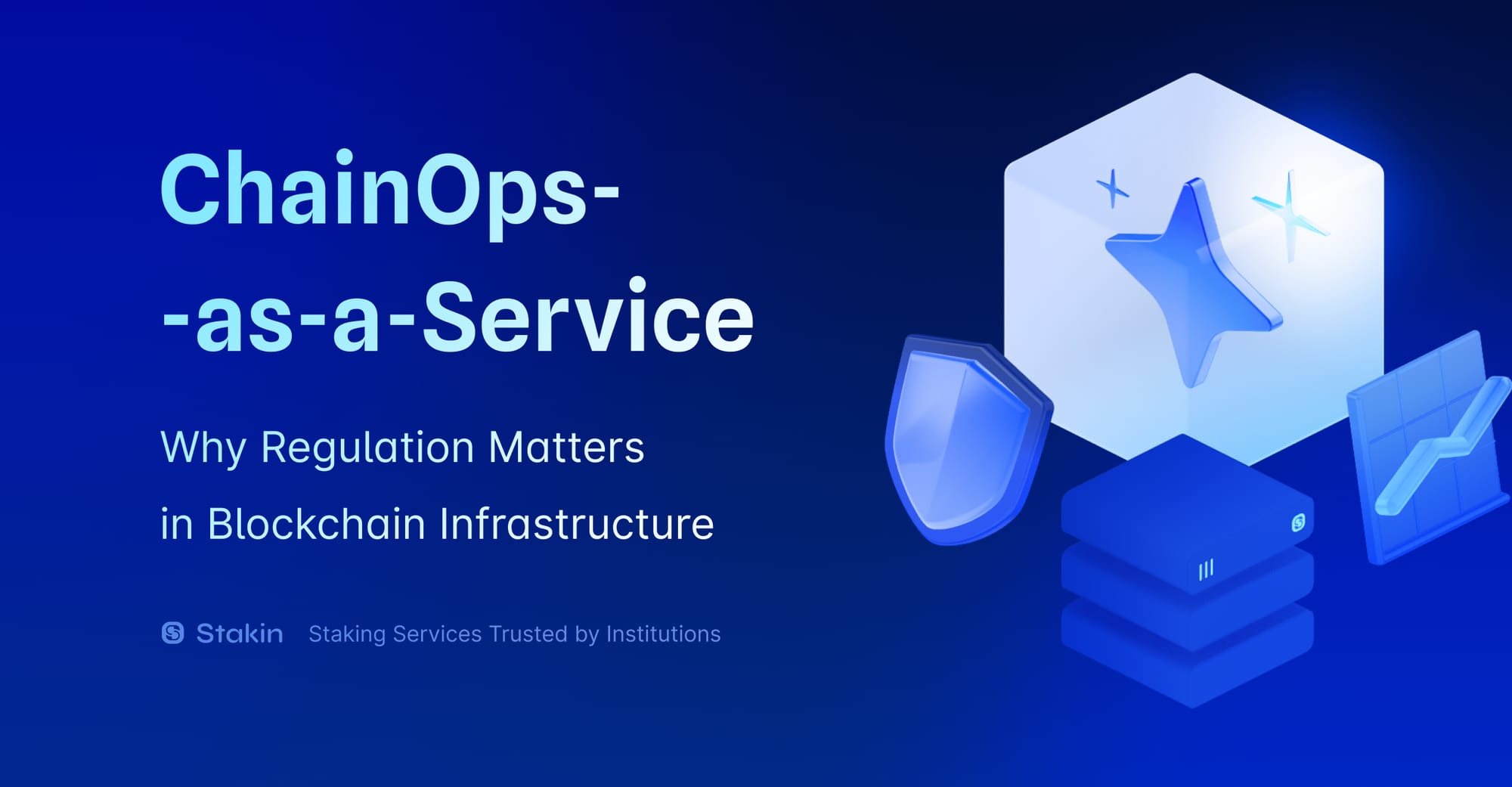Hey Readers👩💻,
DeFi or Decentralized Finance has been a hot topic in the blockchain world during the last months. The total value locked in DeFi has grown from $1.03 billion on May 31st, 2020 to $2.57 billion at the time of writing. And for a good reason, with networks such as Kava creating their DeFi platforms, the technology is making good progress.
Update: On June 20th, 2020 the total value locked in DeFi was $6.55 billion.
Innovators such as Compound creating an algorithmic, autonomous interest rate protocol built for developers, to unlock a universe of open financial applications; have over a billion USD worth in assets locked in 9 multiple markets.
Other projects such as Synthetix and MakerDAO help make decentralization more mainstream. All these innovations make it possible for you and me to take control of our finances. Therefore, it is no wonder that DeFi has caught the attention of many different people all over the world.
However, DeFi can only exist on blockchains, and as we discussed in our blockchain interoperability article, different networks often can’t communicate with each other. Naturally, this creates roadblocks and even liquidity problems for platforms trying to revolutionize finance. By finding new solutions and developing blockchain further, will create a path for DeFi cross-chain composability.
Curve
🕵️♂️ The Current Situation
DeFi platforms and projects are being launched and are sprouting up everywhere. However, most of these platforms are created for one single blockchain. The Tezos DeFi Strategic Collaboration, for example, which was announced last May, focusses only on finance options within the Tezos ecosystem.
While the first DeFi projects have been notably successful, most originally set out to be a lot smoother for the end-user and have not achieved mainstream adoption just yet. Furthermore, most DeFi innovations are currently solely happening on the Ethereum blockchain.
The subject most often referred to as “interoperability” is essential for long term mainstream adoption by end-users worldwide. Many crypto enthusiasts and experts see this as the long term end goal for all chains and DApps. When this happens, you will manage your finances throughout different DApps on different blockchains without any issues. However, DeFi projects becoming “unchained” seems to be an implementation for far in the future.
KAVA’s cross-chain platform is the first step into that future. While still only operable on the Cosmos Ecosystem, the platform can be implemented on multiple networks. Furthermore, with the integration of Band Protocol, Kava is now a full feature cross-chain DeFi with secure decentralized oracle data. The Band’s oracles will provide secure price feed data for collateral tokens BTC/USD, XRP/USD, BNB/USD & ATOM/USD in support of Kava’s cross-chain CDP platform and stablecoin.
- 👉 For more information on KAVA’s DeFi platform, click here.
Another project working hard on cross-chain composability is pTokens. A direct consequence of each blockchains confinement to its technological boundaries is that liquidity is locked within its ecosystem. Liquidity is spread mainly across a large number of blockchain platforms and difficult to merge into a single pool. pTokens is focussed on enabling cross-chain composability effectively, giving DApps access to any asset. The end goal of the project is to be able to share liquidity among blockchains.
The solution that pTokens has created is based on a combination of Trusted Computing, blockchain technology, and Multi-Party Computation techniques. pTokens are minted using a cryptographically secure system making the whole process transparent and fully-auditable and automated. Furthermore, issuance and burning and deposit and release are handled automatically by the enclave within a Trusted Execution Environment. For more information on the pToken project, watch the video below.
The Acala Network focuses on creating a decentralized stablecoin platform powering cross-blockchain open finance applications. Interestingly, 1 Acala Dollar is pegged to 1 USD which allows users to send and receive USD across any blockchain connected to the Polkadot Network. While the platform is currently working on their second Testnet, we expect great things from this project.
🚀 The Future of DeFi
Often, the question: “is DeFi the future of finance, or just the latest buzzword?”, gets asked. To answer that question, we believe it is an innovative solution that will help consumers take back control over their finances, data, and relief from the traditional banking system with which they’re not satisfied. While it does have its challenges, such as borderlessness and interoperability, as named before, the technology brings many solutions.
DeFi creates a more direct route for consumers, eliminating third parties, and bringing more control and efficiency. And, as technologies develop further, decentralization through blockchain provides more security and an accessible banking system. DeFi has the following benefits for the public:
- ✅ It is open and globally accessible.
- ✅ Data is kept in thousands of computers (on-chain), adding extra security.
- ✅ There is no third party to request verification or track your data.
The technology is also faster, cost-effective, and easily accessible, making it the perfect finance solution. Once blockchain interoperability has been figured out, unlocking a world of possibilities, DeFi will grow expeditiously. However, we’re very excited about all new projects taking us one step closer to the future of finance.
🧐 Conclusion
After seeing the recent developments in DeFi and the popularity the topic is gaining with blockchain and the finance industry, one can expect rapid further development of the concept. However, use-cases remain contained to existing crypto-communities such as Ethereum. It is to be expected that when some technical and legal problems have been resolved, rapid growth in the DeFi industry will take place. Likely to attract both enterprises and individuals beyond the blockchain world. Of course, DeFi cross-chain composability depends entirely on the developments made in blockchain interoperability.
The DeFi industry is working hard to bring global communities together and pave the way for a decentralized future in finance. Let’s see what the next years will bring to DeFi.
DISCLAIMER: This is not financial advice. Staking, delegation, and cryptocurrencies involve a high degree of risk, and there is always the possibility of loss, including the loss of all staked digital assets. Additionally, delegators are at risk of slashing in case of security or liveness faults on some protocols. We advise you to do your due diligence before choosing a validator.



